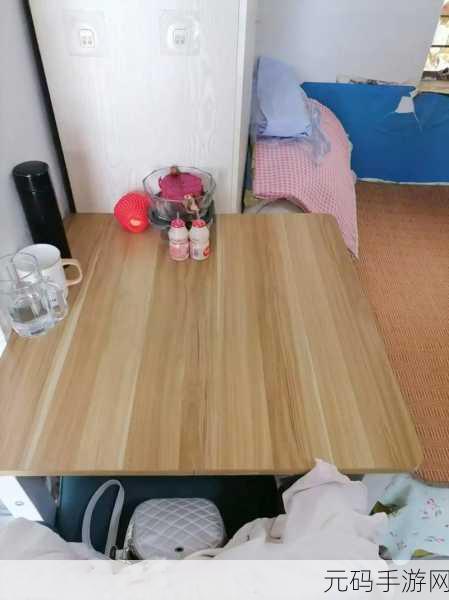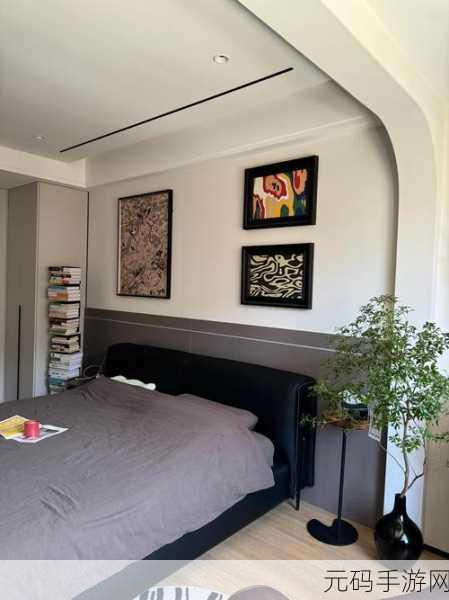厨房清洁的基础
厨房作为家庭中使用频率最高的区域之一,常常是油烟、食物残渣和污垢聚集之地。保持厨房干净整洁,不仅能提高烹饪效率,还能改善居家环境。定期对厨具进行深度清洗非常重要,可以从简单易行的方法开始,例如用热水加少量白醋浸泡锅具,再用海绵轻松擦拭。此外,将台面上的杂物及时整理并消毒,是保持空间干爽的重要步骤。
餐具与炊具的处理技巧
每次用餐后,应立即将脏碗筷放入温水中,让食物残留软化,这样可以减少洗涤时的劳力。在选择洗涤剂方面,无需追求昂贵品牌,一些天然成分如小苏打同样有效且环保。同时,避免使用金属刷子,以免刮伤表面。如果时间允许,每周安排一个专门日,对所有炊具和食品储存容器进行彻底检查和清理,有助于延长其使用寿命。

冰箱内部管理
冰箱内容易出现过期及变质食品,因此定期整理十分必要。建议采用“先进先出”的原则,把新购买的食材放到后面,而把旧有原料优先取出。在组织冷藏室时,用透明盒装分类好的食材,可以一目了然,提高取用便利性。此外,可在冰箱内部贴上标签,并标注日期,以确保随时了解各类食材的新鲜程度。
客厅与卧室连贯性的收纳法则
Kitchn一路影响着整个居家的美观与舒适感,而这种效果也要延续到其他房间。例如,在准备晚餐的时候,同时考虑如何设置客厅或卧室的小型收纳区,使得那些不经常使用但又需要保管的小件物品得到合理安置。一种便捷方法是在家具下方增设储物架或者抽屉,让零散用品无处可逃,从而减轻视觉负担。

卫生间细节关怀
IDo not forget the importance of the bathroom, as it is often overlooked amidst kitchen and bedroom chores. Keeping toiletries organized with bins or baskets can make a significant difference. Regularly cleaning sinks and bathtubs ensures that mold doesn’t accumulate—using vinegar for grout or baking soda for scrubbing can deliver excellent results without harsh chemicals.
Lifestyle Integration: A Clean Home Approach
The concept of maintaining cleanliness should extend beyond individual rooms; it's about creating an overall system where every area complements each other in terms of organization and hygiene. Incorporating plants into spaces such as kitchens or living areas adds aesthetic appeal while improving air quality. Choose low-maintenance varieties if time constraints are an issue, allowing greenery to flourish even amid busy schedules.



